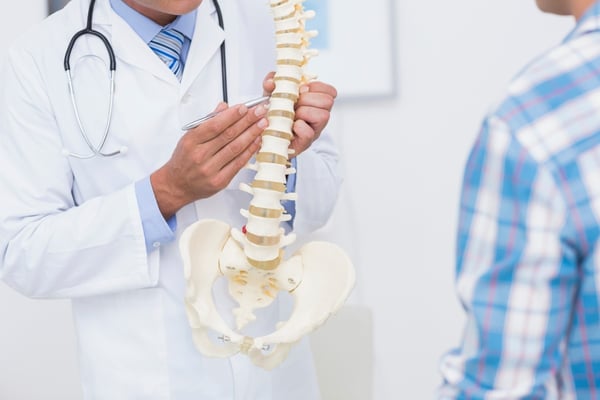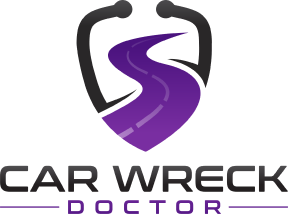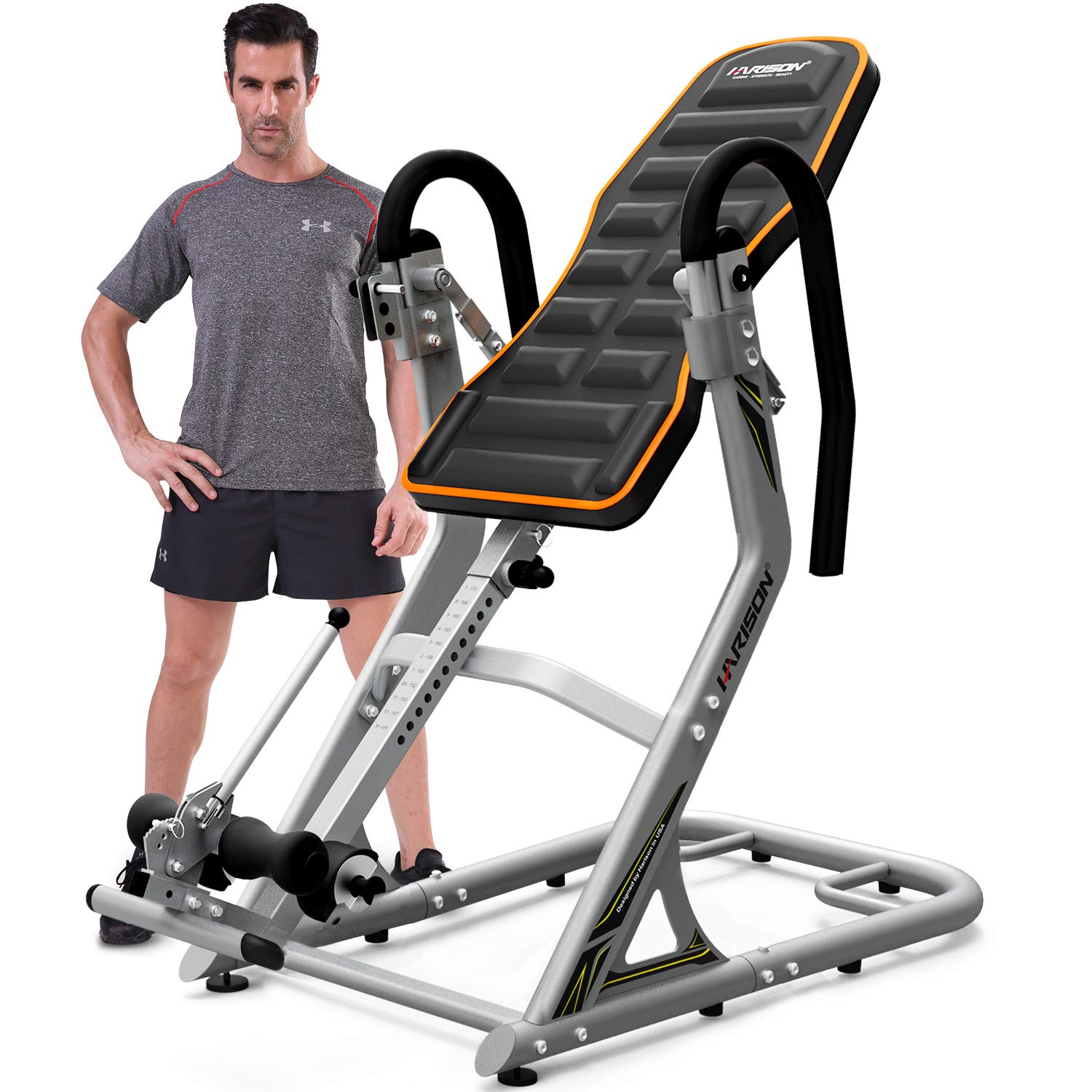Is it possible to ease back pain with an inversion table or inversion therapy?
Fortunately, there is research backing up the value of inversion therapy for back pain and other disorders.
Inversion therapy can be performed on an inversion table that looks like a lounge chair.
You lie on it and then tip it, so you lean back at an angle or completely upside down. You hang this way for a few minutes as directed by a doctor.
If you've been injured from a car accident and you think you need inversion therapy, you should see a chiropractor, but when? Read our blog post: "When Should You See a Chiropractor After a Car Accident?"
In the article below, we will take an in-depth look at inversion therapy.
Table of Contents
- What Is Inversion Therapy
- What Does The Research Say?
- What To Expect
- Risks of Inversion Therapy
- Take Care of Your Back Pain
What is Inversion Therapy?
Inversion therapy is a technique where you are suspended upside down to stretch the spine and relieve back pain.
The idea behind it is that by shifting the body's gravity, the pressure eases off the back while also providing traction for the spine.
You use it to temporarily create more space between vertebrae that are smashed together.
For these reasons, inversion therapy may be beneficial for people with:
- chronic lower back pain
- poor circulation
- sciatica
- scoliosis
- muscle spasms or tense muscles
- compressed spinal disks
Some people even use them as a general way to gently stretch joints and muscles, or just to relax.
 What Does The Research Say?
What Does The Research Say?
So far, studies are inconclusive about whether inversion therapy works.
In theory, inversion exercises help the spine by:
- creating more protective fluid around spinal discs
- removing waste from the spine
- decreasing inflammation
- increasing blood circulation through surrounding muscles
Here's what the research says about the potential benefits of inversion therapy.
Reduced back pain
One study looked at 47 people with chronic low back pain that practiced inversion therapy in three 3-minute sets at different angles.
The study found that inversion therapy at 60 degrees reduced back pain after eight weeks. It also improved torso flexibility and strength.
Improved spinal health
In theory, inversion improves the space between your spinal discs to relieve pressure.
According to the Mayo Clinic, most well-designed studies found inversion therapy ineffective.
However, some people report this form of stretching as a beneficial complementary treatment.
Increased flexibility
Practicing inversion therapy may also translate to better flexibility.
Micromovements in the spine over time may help make the body healthier.
Inversion therapy can also make it easier to bend and reach as well as improve posture.
This can be especially helpful if you work at a desk.
What To Expect
To use an inversion table, lie back and strap yourself on it so you're secure. Then tip over until your head is lower than your heart.
It may be best to use an inversion table under the guidance of your chiropractor or at a clinic. They can show you how to do it and keep an eye on you while you hang out.
If you're younger and don't have any cardiovascular problems, you can use one at home, but you should always have someone watch you.
Don't hang upside down on a table without a spotter. Ask someone to watch you in case you can't get back up.
Also, don't lean back all the way. Try to tip back anywhere between a 10-degree or a 30-degree angle.
And always use the safety straps or harnesses, so you don't slip off.
When you first start using an inversion table, try it for 1 or 2 minutes once a day to see how you feel. Limit your inversion table sessions to 5 minutes twice a day.
After you've done it, come back up slowly to an upright position. If you jerk up too quickly, you may trigger muscle spasms or disk pain in your back.
Risks of Inversion Therapy
The upside-down position increases blood pressure and decreases your heart rate and is deemed unsafe for people with certain conditions.
If you have the following conditions, you should avoid inversion therapy:
- bone and joint disorders, such as osteoporosis, herniated disk, fractures, or spinal injuries
- cardiovascular disorders, such as high blood pressure, stroke, or heart disease
- diseases or infections, such as conjunctivitis (pink eye), ear infections, glaucoma, or cerebral sclerosis
It also takes time to adjust to inversion therapy. It's best to start off in shorter increments to get used to the process.
This can help reduce side effects such as dizziness or muscle strain. Always be careful not to overdo it.

Take Care of Your Back Pain
Talk to your chiropractor if you're interested in the benefits of inversion therapy.
Your chiropractor can help you determine if inversion therapy is right for you.
They may also be able to offer you more effective treatments, home remedies, and exercises for back pain.
To get started with a chiropractor, click the button below.

